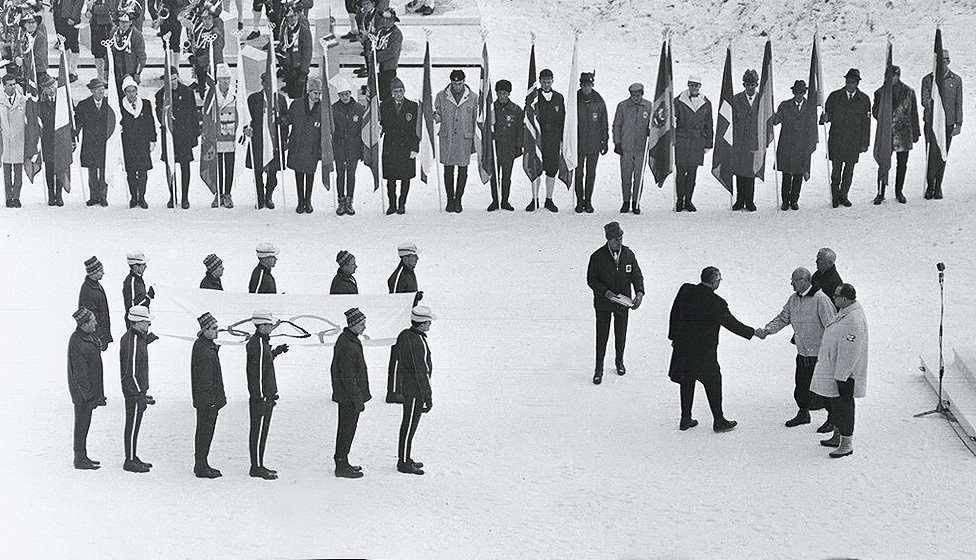Lake Tahoe, California: Today, February 18th, 2020 marks the 60th Anniversary of the Winter Olympics held in 1960 in Squaw Valley, California, an event hailed by Project SNOW and Olympic historians for raising the bar to make the whole experience more accessible and meaningful to athletes and spectators. Notably, the 1960 games were innovative in many ways and produced many Olympic “firsts,” including the following:
- First Televised Winter Games: CBS bought the exclusive rights to broadcast the 1960 Winter Olympic Games in the United States, making those winter games the first to be televised to the nation.
- First Instant Replay: CBS is credited with developing the first “Instant Replay” when officials, unsure if a skier had missed a gate in the men’s slalom, asked if they could review a videotape of the race.
- First Athlete’s Village: Another innovation was the introduction of a self-contained Athlete Village at Squaw Valley including a recreation center, physical therapy rooms, and a dining center with international foods prepared on site and served all day. This exceptional opportunity to mix rivals was particularly significant considering the prevailing Cold War tensions and lingering post-World War II animosities. The consensus among athletes was that the community arrangement was conducive to greater social interaction and the formation of many lifelong friendships.
- First “Hollywood” Choreographed Winter Games: Walt Disney was hired as the Pageantry Chairman to design and create the visually spectacular Avenue of Athletes, the Opening and Closing Ceremonies, entertainment, and fireworks shows.
- First Use of Composite Skis: The Olympic alpine ski races included the first use of metal-plastic-wood composite alpine skis designed by former Squaw Valley Ski School Director and Olympic medalist (1936) Emile Allais and used by Jean Vuarnet to win gold in the 1960 Downhill race, inspiring technological advances in the ski manufacturing industry.
- First Electronic Timing: It was the first time officials and spectators enjoyed fully-automated electronic timing (provided by Longines) in all the events, providing real-time instant results powered by the IBM RAMAC 305 (on display at the Olympic Data Processing Center).
- First Artificial Ice Track: Olympian speed-skaters raced on the first 400-meter speed-skating track made of artificial ice and maintained by mechanized Zamboni ice-resurfacing machines. Just as notable, these were the first Winter Games to include women’s speed-skating events.


